ChatGPT is a conversational AI platform that uses human language and technology to understand clients’ questions and respond accurately. It helps you provide instant, accurate, and human answers to customers’ questions, ensure product recommendations based on clients’ needs and update on relevant discounts and promotions.
In this video, you’ll learn how to use ChatGPT to profit your business. You’ll also uncover the advantages of ChatGPT, how to connect chatbots to this new technology, and AI models.
In this article, we’ll unveil the cost of chatGPT, how it works and where you can use it. We’ll also review the benefits, limitations, and use cases of chatGPT and walk you through four AI models. Finally, we’ll provide you with a step-by-step guide connecting GPT-3 to your SendPulse chatbot.
Is chatGPT free?
Since ChatGPT is in the ‘research preview’ stage, people can use it for free to see the positive impact on their businesses. Users can test the chatbot and share their experience with developers. Moreover, creators promote reporting issues through the user interface. The winner will receive a prize of $500 in ChatGPT credits.
Now that you know that ChatGPT is temporarily free, consider using it for your business. We’ll proceed to the next section to explore what chatGPT-3 is.
ChatGPT-3
ChatGPT-3 is a machine-learning model designed to create various types of text. With the model, users can input a short text and get large volumes of machine-generated relevant text instead. ChatGPT-3 needs the internet to operate. It’s the fastest way to produce content without human help. With the model, you can receive answers to questions available on the internet, create long texts, solve language tasks, perform translation, write summaries, create poetry, and write code. The results of your work will look very similar to human language.
Later we’ll tell you how to leverage this model with SendPulse’s help, but we need to unveil how ChatGPT works first.
How does ChatGPT work?
ChatGPT is a perfect tool for taking care of conversational tasks. Unlike other services, this AI-powered chatbot doesn’t require human supervision. The platform figures out which answers to send without any need to teach it how and what to respond.
A multi-layer transformer network which is the base of ChatGPT, analyzes the input sentence and applies internal knowledge to provide relevant answers. Customers receive accurate responses and don’t need to communicate with customer support or the sales team for further details. The main advantage of ChatGPT over other chatbots is the ability to create contextual conversation. The flow looks natural and resonates with the sentences or phrases written or said before.
Now that you know how the model works, it’s time to find out where you can apply this technology.
Where can you use ChatGPT?
This multitasking tool can be used in different areas and for various tasks. With ChatGPT’s help, you can translate texts from multiple languages, summarize huge amounts of information, and perform sentiment analysis. ChatGPT writes code, short stories, and songs. You can use chatGPT to write emails, create business and blog ideas, develop blog post outlines, etc.
ChatGPT is an excellent solution for customer service and sales departments. The platform enables your business to provide customers and prospects with relevant answers without distracting team members from important matters. The language and messages look natural. ChatGPT provides answers based on messages’ history.
Your sales team benefits from the model. The conversational AI platform can inform clients about upcoming deals and discounts based on their shopping history. Messages are based on customers’ preferences therefore, they are personalized. ChatGPT empowers you to increase customer satisfaction since consumers get the products they wish to purchase.
Now that you know the areas of your business where you can successfully apply ChatGPT, let’s figure out the benefits companies can reap from this new type of chatbot.
How can online businesses benefit from chatGPT?
There are many areas in which ChatGPT can help brands. First, it’s a huge supporting system for your existing customer service chatbot. Its training database enables you to respond automatically, even to unpredictable consumers’ inquiries. At the same time, the answers are natural and human-like.
ChatGPT allows you to reply to FAQs and educate customers on how to use your product or service. You can connect your knowledge base or a website to make it a source of information for your chatbot. When clients ask questions from the knowledge base, they get accurate and relevant responses. This way, you can teach users how to make specific steps with your product and help solve problems. You can be sure that your consumers receive all company-specific information when needed.
ChatGPT can serve as a translator. Companies that sell their product in several countries can use the model to provide quality responses in multiple languages. It can also help with different tasks related to translation. ChatGPT specializes in text rewriting.
The technology provides personalized interactions. ChatGPT uses the previous history of communication with a specific customer to ensure accurate responses and relevant recommendations. It can send consumers personalized offers, promos, and discounts that might interest them. As a result, user experience with a brand improves.
With ChatGPT, prospects and customers get instant answers to their questions 24/7. Since clients don’t need to wait for customer support reps, they can quickly solve their problems and find solutions.
Now that you know the advantages, it’s time to discover the limitations. You need to know these points to meet your key business goals.
The Limitations of Chat-GPT
Although ChatGPT has many benefits, it also carries disadvantages for its users. In this section, we’ll uncover the limitations you can face when applying the model to your business.
Since ChatGPT is programmed to avoid harmful responses, it can’t answer such questions. If customers or prospects ask toxic questions, the system will avoid responding to them. Secondly, the quality and accuracy of questions influence the quality of answers. The model works better when it receives prompt direct questions or accurate directions.
Thirdly, Chat-GPT’s answers aren’t always correct. Many users have noticed that sometimes the model provides incorrect responses and have reported the issue to developers. The point is that the platform was programmed to give answers that humans consider as correct.
Now that you know the drawbacks, let’s proceed to four AI models.
AI Models
There are four main types of Al models. We’ll review each of them in detail so that you can choose the most appropriate one for your business.
- Davinci. The model analyzes complex intent, cause-and-effect problems, summarization, explanation, and code generation. Davinci is a complicated and slow model that requires big expenses from its users. Since the model works with large amounts of data, it’s considered slow compared to the three other models. To work with the same tasks as Curie, Babbage, and Ada, this Al model needs fewer prompts. We recommend you use Davinci to deeply analyze the context and generate more complex text or code. With this ChatGPT model, you can solve logic problems.
- Curie. The model is a perfect solution when you work with translation, complex classification, text sentiment analysis, and summarization tasks. It enables you to respond to direct input, analyze text, and provide key points. Consider using Curie for Q&A in your chatbots. The model allows you to insert questions and sources of information for a chatbot to find answers for consumers.
- Babbage. It will help you with moderate and semantic search classification. Babbage identifies obvious text patterns and uses them to generate new text. The model understands text structures to create simple plots and titles.
- Ada. This model specializes in parsing text, simple classification, address correction, and keywords. Ada is considered the fastest and cheapest model of all.
Now that you know the models, let’s jump into the integration of GPT-3 to your SendPulse chatbot.
How to Connect GPT-3 to Your SendPulse Chatbot?
In this section, we’ll show you how to connect GPT-3 to your SendPulse chatbot and provide more accurate and relevant responses. It will help your prospects and clients accomplish multiple tasks.
First, create an account with OpenAI. Click “Sign Up” to kickstart the registration process.

Once you finish registration, go to your account, click your avatar in the right-upper corner, and choose “Manage account.”

Afterward, proceed to “API Keys” and click “Create new secret Key.” Copy the key and save it on your device.
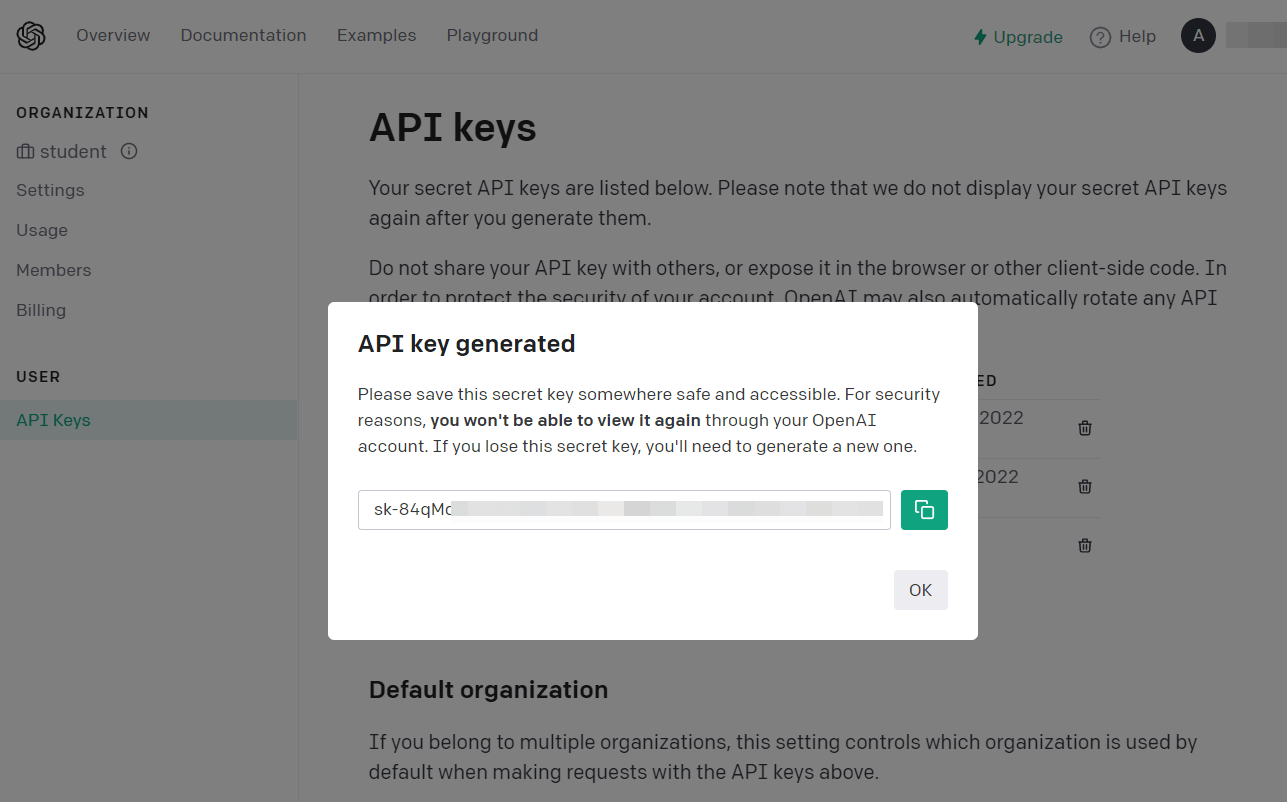
Log in to your SendPulse account to set up the integration. Select the bot you want to connect and proceed to “Bot settings” > “Integrations.” Click “Enable” near OpenAI (GPT-3).

Enter the key generated with OpenAI.
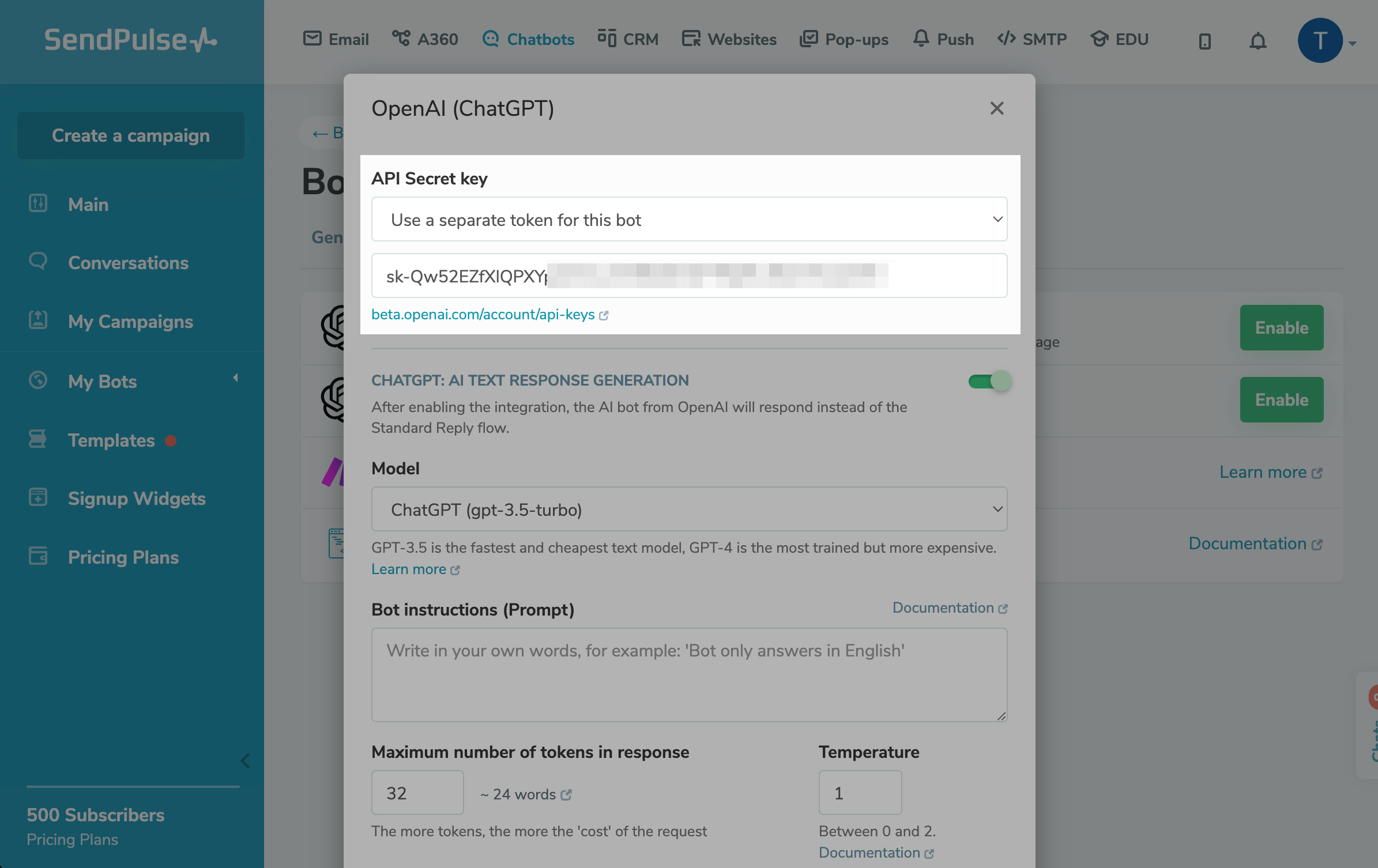
Select the most suitable AI model to provide bot replies based on the use case. Four models are available: Davinci, Curie, Babbage, and Ada.
Next, add a prompt to the bot. Provide your free-form prompts in the “Bot instructions” field.

Insert the number of tokens in the “Maximum number of tokens in response” field.
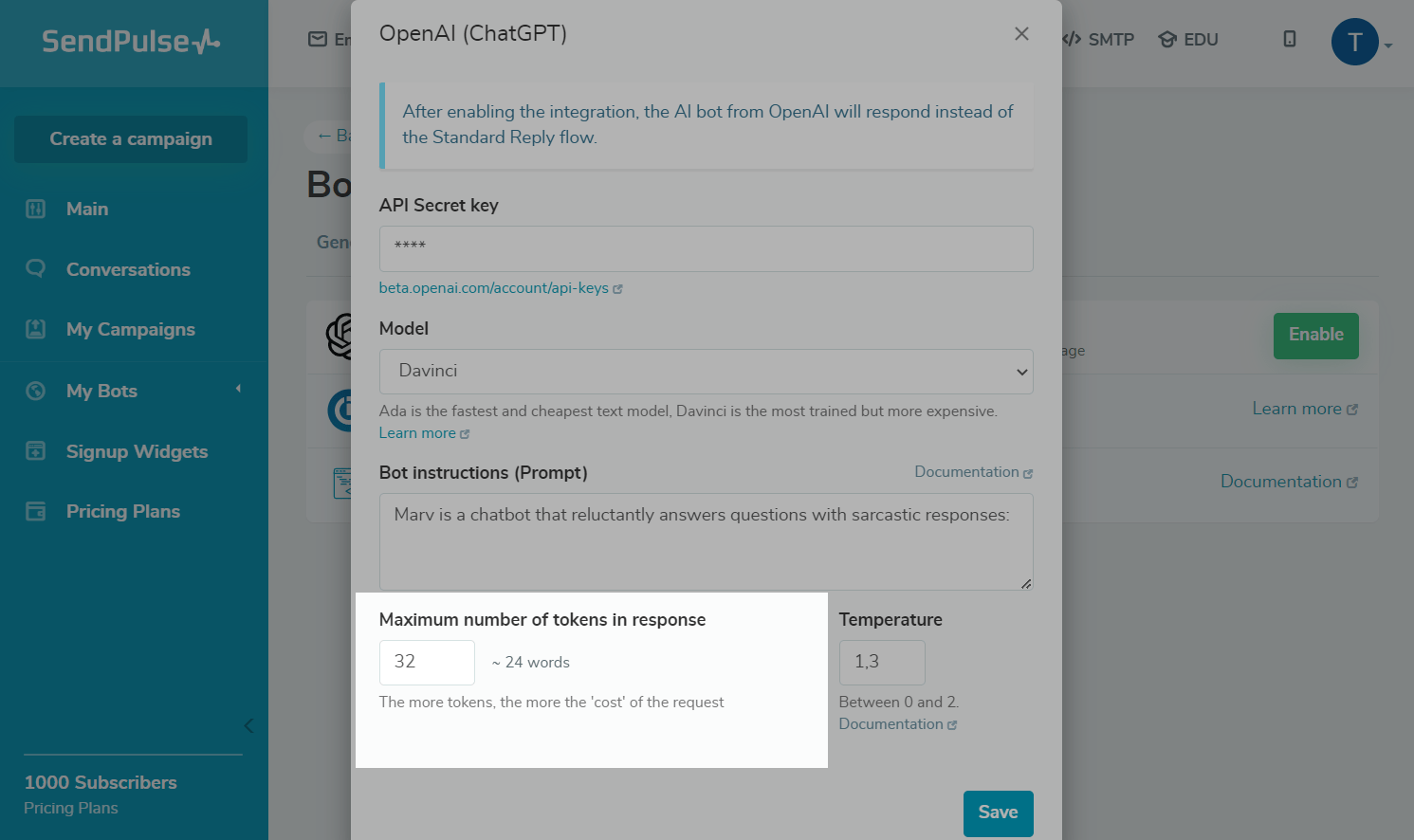
After clicking “Save,” test your chatbot. You can find a complete step-by-step guide on connecting GPT-3 to your SendPulse chatbot in our knowledge base.
Now that you know how to integrate the SendPulse chatbot with GPT-3, it’s time to discuss where you can apply these skills and knowledge.
ChatGPT Use Cases
We’ll review various scenarios where you can apply ChatGPT. Let’s see each of them individually to find out how to leverage various models for your business.
Text Optimization
ChatGPT serves as a text optimization tool. If you need to identify keywords, proofread your text, or optimize it to comply with SEO principles, consider using this model.
After you add prompts to the Ada model, the bot enables you to receive SEO-optimized texts and provides you with relevant keywords. So you can easily improve your content to meet SEO requirements.
Below you can see an example of the Ada model with 1024 tokens.

Business Q&A
Companies that need a FAQ database can use Chat GPT to create it. Business owners can teach the bot to respond to clients inquiries that arise when using the product or service.
You can connect the technology to the existing source of information, for example, your knowledge base. It will serve as a list of answers for ChatGPT. Once your bot receives users’ inputs, it searches the knowledge base and provides customers with fast and accurate responses.
Below you can see an example of the Davinci model. After you add the necessary information to the system, the bot establishes and develops a dialog with your customer or prospect based on the available information. The bot will find the answers about your company and product and ensure natural responses.

Code Decryption
If you have a programming academy, your students can use the bot to decrypt the necessary code. They can obtain answers to their questions about the code or generate it by using natural language. Consider using the Davinci model with 700 tokens to work with code decryption. This model can explain code and its parts. Besides, you can modify the bot's tone to receive answers in simple language.

Encyclopedia Q&A
The bot can provide users with facts that can be found on the internet fast. So, you can create a bot that will serve people as an encyclopedia where they can input the desired sentence to find out about history, famous individuals, mathematical formulas, etc. The Davinci model will enable you to design encyclopedia Q&A for your users. Below you can see what such a bot looks like.

Congrats, now you know many facts about the newly developed technology. With SendPulse, you can reap various benefits GPT-3 can bring to your brand.
Unlock the untapped potential of chatbots in our blog
Last Updated: 06.09.2023



![Mastering WhatsApp Chatbot Creation [Webinar recording]](http://www.spcdn.org/blog/wp-content/uploads/2023/12/2-Mastering-WhatsApp-Chatbot-Creation.png)
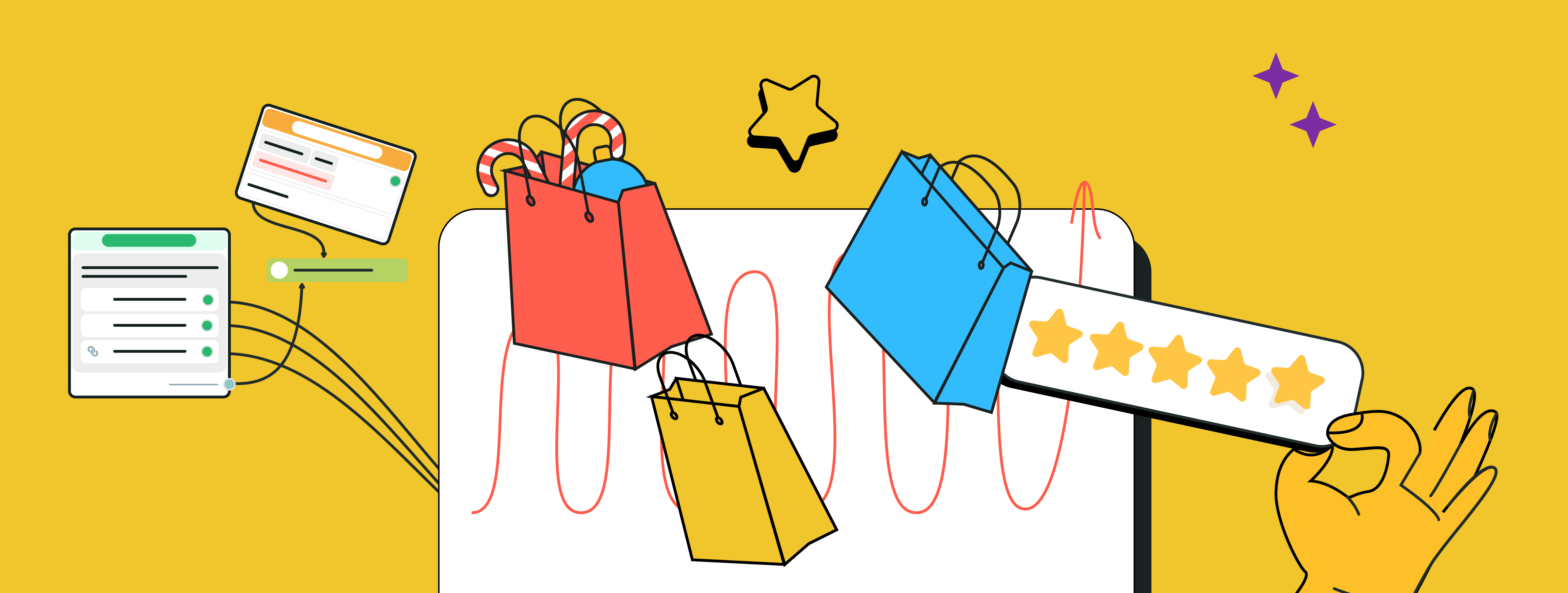

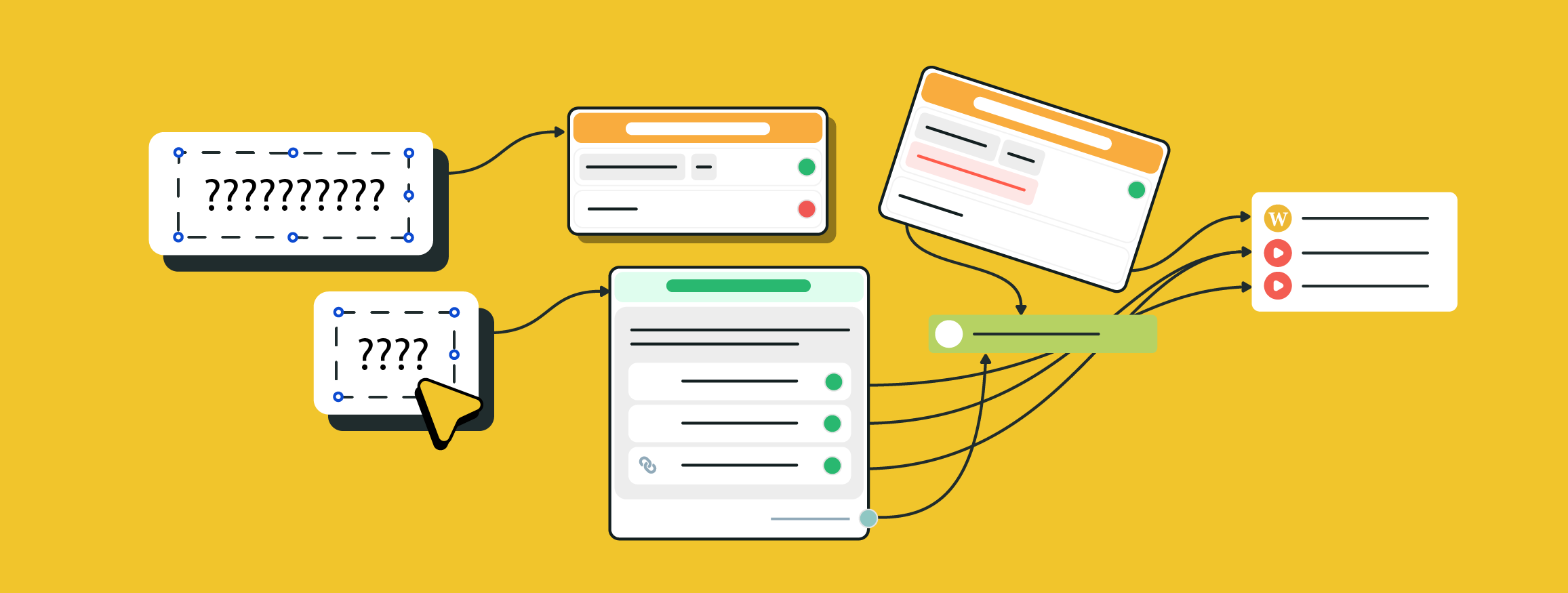
or